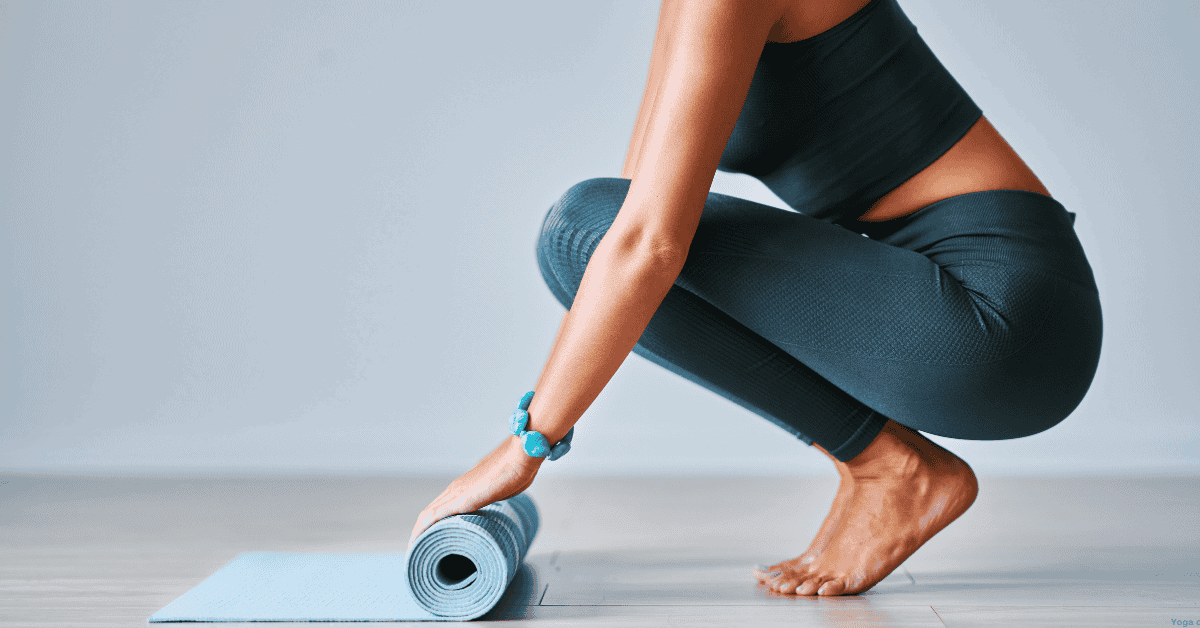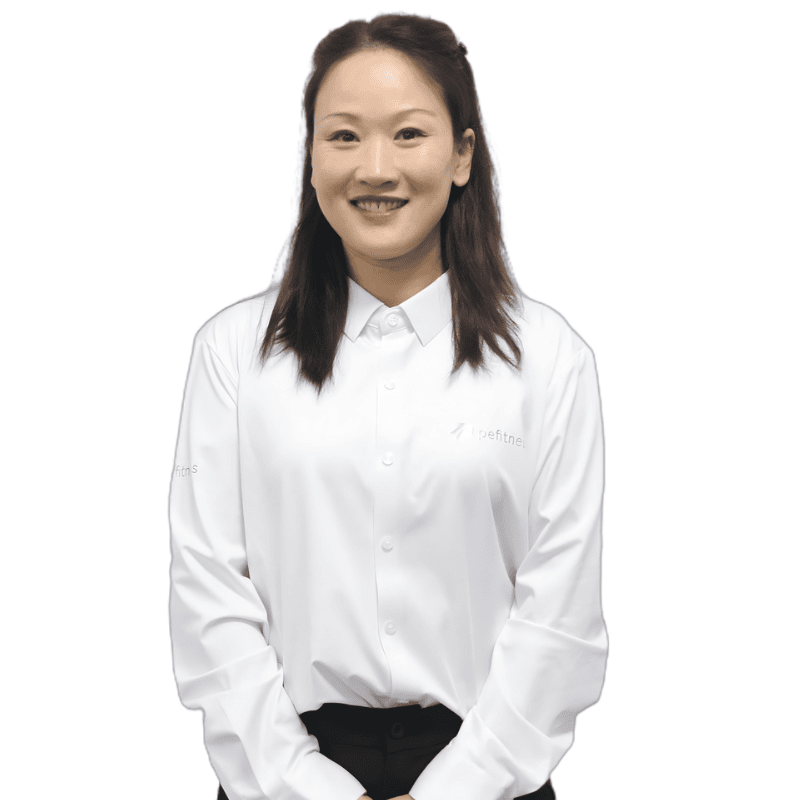Pilates and yoga have become two of the most popular mind-body fitness practices around the world. People love them for how they support both physical health and mental well-being in a balanced, holistic way.
Pilates
Pilates was created in the early 1900s by Joseph Pilates, originally as a rehabilitation method. It focuses on building core strength, improving posture, increasing flexibility, and promoting controlled, precise movement.
Since the 1990s, Pilates has grown rapidly, especially in the U.S., and is now practiced globally in studios, gyms, and through online classes. Today, it’s especially popular with athletes, people in physical therapy, and those looking for low-impact but effective workouts. In particular, equipment-based Pilates—like workouts using Reformers.
Yoga
Yoga has a much older history, with roots going back over 5,000 years in ancient India. It blends physical postures (asanas), breathing techniques (pranayama), and meditation to promote harmony between the body and mind.
Yoga gained massive global attention in the early 2000s. Today, millions of people practice it to relieve stress, improve flexibility, and find a sense of inner calm. With a wide range of styles—from gentle Hatha to dynamic Vinyasa to intense Hot Yoga—yoga is now a mainstream fitness option, often featured in apps, studios, and wellness retreats.
Why People Love Both
Pilates and yoga are both known for helping people:
- Build strength and flexibility
- Improve mental focus and clarity
- Reduce stress
- Support overall well-being
They are suitable for all ages and fitness levels, making them incredibly accessible and easy to fit into different lifestyles and goals.
Choosing the Right Practice for Your Goals
When deciding between Pilates and yoga, it’s important to think about your personal goals, lifestyle, and preferences. Both are excellent mind-body practices, but they offer different benefits depending on what you’re looking for.
- If your main goal is to reduce stress, enhance mental clarity, and enjoy gentle, meditative movement, yoga might be the better fit. It emphasizes mindfulness, deep breathing, and balance—ideal for those seeking inner calm and emotional well-being.
- If you’re aiming to build core strength, improve muscle tone, and enjoy more structured, faster-paced movement, Pilates could be a better match. It’s especially beneficial for posture, spinal alignment, and functional strength.
The good news? Both practices are adaptable. Whether you’re a complete beginner, recovering from an injury, or an experienced athlete, Pilates and yoga can be modified to meet your physical needs and comfort level.
Getting Started with Your Chosen Practice
Once you’ve chosen the path that fits you best, here’s how to begin:
- Find a qualified instructor: Look for someone who’s certified and experienced in teaching beginners. A skilled teacher can guide you safely and help you learn the correct techniques from day one.
- Start slow: Begin with beginner-level classes, either in person or online. Focus on learning the basics before progressing to more advanced exercises or flows.
- Invest in the right gear: A quality yoga mat is essential for both practices. If you’re doing Pilates, especially equipment-based Pilates, you may also want to consider small props or a Reformer machine if practicing at home or in-studio.
- Be patient and stay consistent: Progress takes time. Whether you’re working on flexibility, strength, or stress relief, regular practice is key. Even 20–30 minutes a few times a week can bring noticeable results over time.
Tips for Working with a Pilates Instructor
If you’ve chosen Pilates and plan to work with an instructor, here are a few helpful tips to get the most from your sessions:
- Choose the right instructor: Look for someone certified in Pilates who has experience working with clients that share similar goals—whether it’s general fitness, injury recovery, or athletic performance.
- Communicate your needs: Be open about your fitness level, goals, any injuries or physical conditions, and what you hope to achieve. This helps your instructor tailor the workouts for you.
- Focus on technique: In Pilates, form matters more than intensity. Your instructor can help you learn the proper alignment and muscle engagement, which will give you better results and prevent injuries.
- Ask questions: Don’t hesitate to speak up if something feels unclear or uncomfortable. Feedback and guidance are part of the learning process.
- Be consistent: Like yoga, Pilates rewards steady practice. With time, you’ll likely notice improvements in strength, control, flexibility, and overall body awareness.
Final Thoughts
Whether you choose yoga, Pilates, or even a combination of both, you’re taking a powerful step toward better health, strength, and mindfulness. The most important part is to listen to your body, go at your own pace, and enjoy the journey. With the right mindset and support, either path can lead to a stronger, more balanced you.
Haven’t you checked the trending Pilates equipments available on PE pilates? If not yet, don’t waste time and land on PE pilates’s products page.
FAQs
Q: Can I do both Pilates and yoga?
A: Absolutely! Many people choose to practice both Pilates and yoga because they complement each other well. Yoga enhances flexibility, balance, and mindfulness, while Pilates focuses on core strength, posture, and controlled movement. Incorporating both into your routine can provide a well-rounded mind-body workout and support overall wellness.
Q: Which is better for weight loss, Pilates or yoga?
A: Both practices can support weight loss when combined with a healthy lifestyle, but they do so in different ways:
Pilates tends to build lean muscle, improve metabolism, and tone the body through targeted exercises. It may offer slightly more calorie burn, especially in equipment-based or high-intensity sessions.
Yoga can also aid weight loss by reducing stress (which can affect eating habits), improving mindfulness, and increasing mobility. More dynamic styles like Power Yoga or Vinyasa can offer a solid cardio workout.




